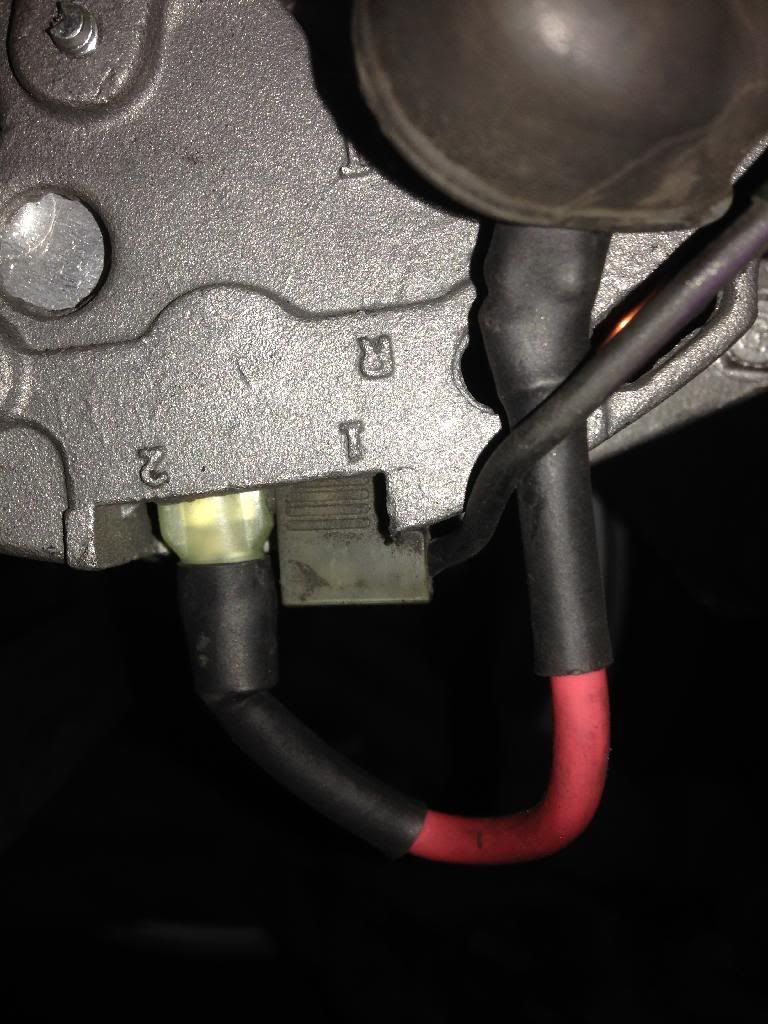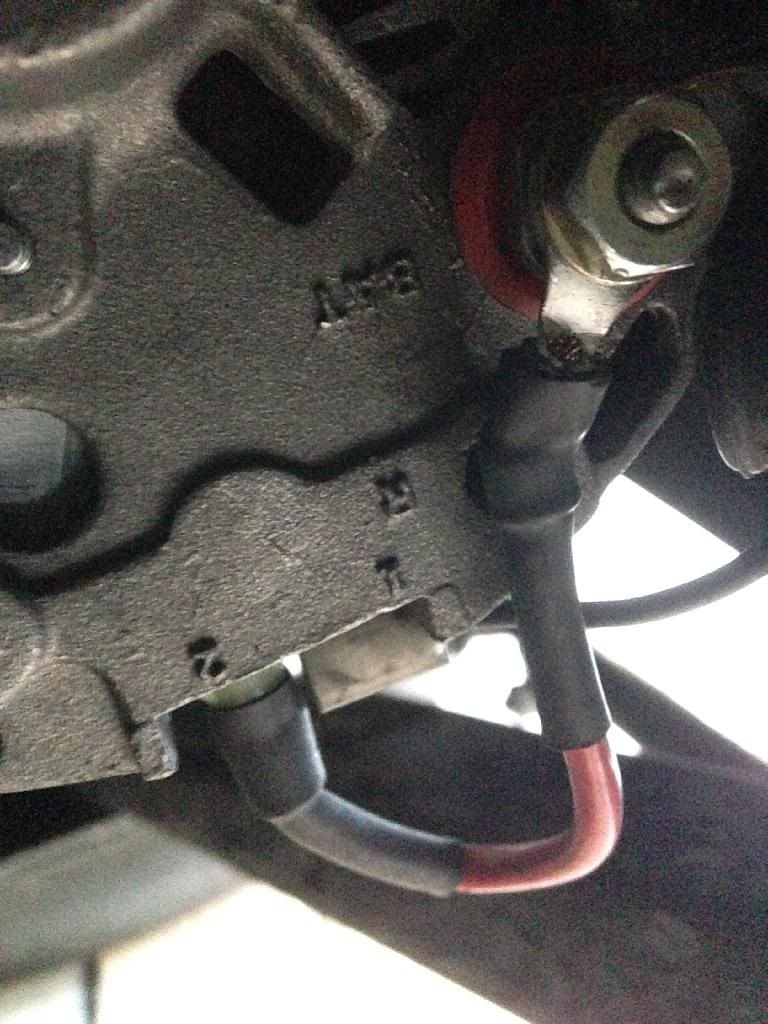socalx19
True Classic
With all of the electrical upgrades I have just completed, I had hoped to wrap everything up in a nice bow just in time for Christmas by installing the GM alternator. Installation was easy and painless. My results are not what I was expecting, however.
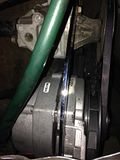

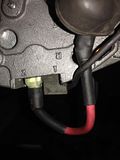
I am getting a "good reading" of 12.3 before starting, dip to 11.1 upon crank, which I believe is just right, however voltage never reads above 12.1 after. With the engine off, it returns to 12.3.
https://www.youtube.com/watch?v=QW_fCsjfQ8U
I'm doing my research on some tests I can do - I don't pretend to fully understand all of it, but I'm able to follow directions. YouTube has been great for this. Results of my positive side voltage drop test:
http://youtu.be/MzdwNQ2xokA
With the (+) of the VOM connected to the (+) battery terminal:
At :03 - reading is .2 to .3, engine off
At :46 - reading is 3.6 to 9.0, engine running idle at 900rpm
At 1:24 reading is -4.3 to -3.4, engine revv'd between 1500-2000rpm
Also, just to rule it out, I've had the brand new alternator tested at O'Reilly's and its working properly. Since it was out, I had the old Bosch alt tested and it is fine also.
Maybe this could be executed better?
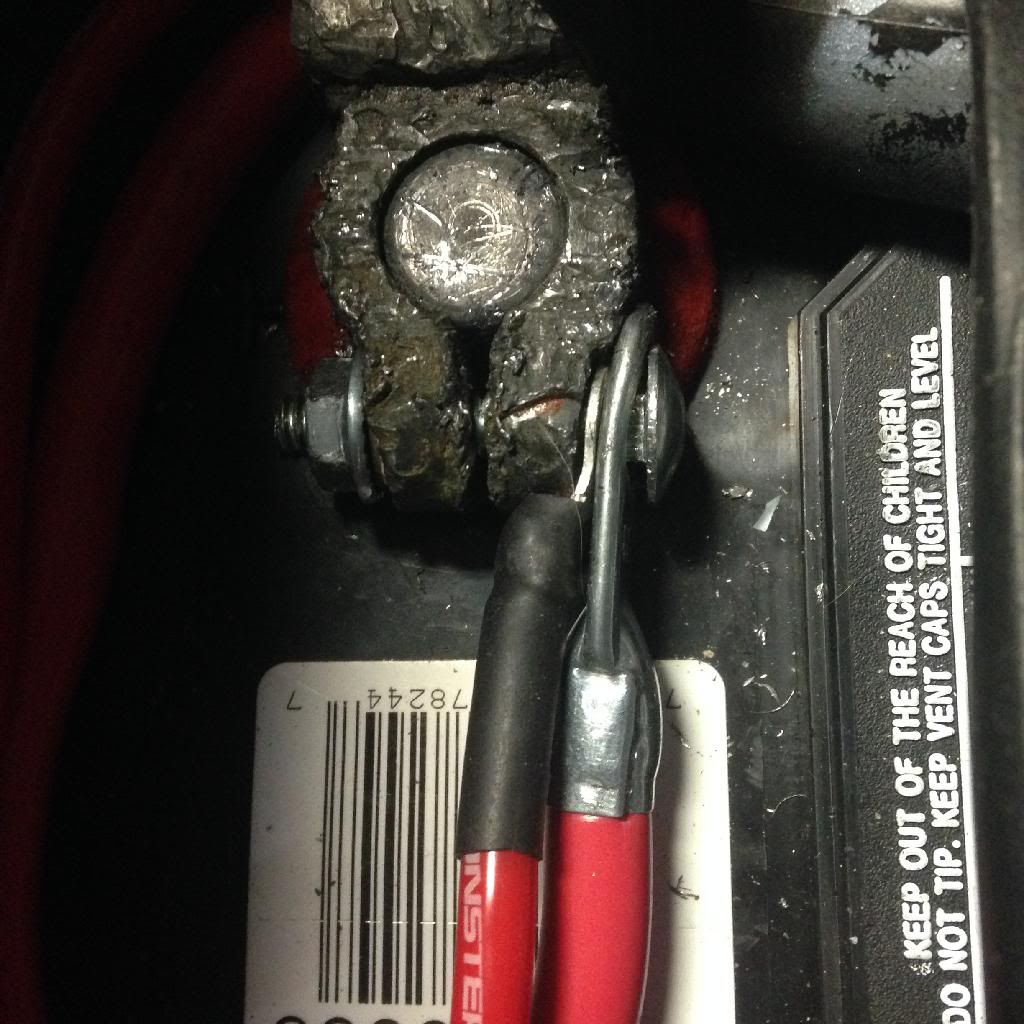
Recent work completed:
Brown wire mod
Power window relay mod
Wiper relay mod
Headlight relay mod
New ground wire from transmission to body (4ga)
New battery terminal wires (4ga)
All ground pods refreshed
So what am I looking at here? Thanks in advance.



I am getting a "good reading" of 12.3 before starting, dip to 11.1 upon crank, which I believe is just right, however voltage never reads above 12.1 after. With the engine off, it returns to 12.3.
https://www.youtube.com/watch?v=QW_fCsjfQ8U
I'm doing my research on some tests I can do - I don't pretend to fully understand all of it, but I'm able to follow directions. YouTube has been great for this. Results of my positive side voltage drop test:
http://youtu.be/MzdwNQ2xokA
With the (+) of the VOM connected to the (+) battery terminal:
At :03 - reading is .2 to .3, engine off
At :46 - reading is 3.6 to 9.0, engine running idle at 900rpm
At 1:24 reading is -4.3 to -3.4, engine revv'd between 1500-2000rpm
Also, just to rule it out, I've had the brand new alternator tested at O'Reilly's and its working properly. Since it was out, I had the old Bosch alt tested and it is fine also.
Maybe this could be executed better?

Recent work completed:
Brown wire mod
Power window relay mod
Wiper relay mod
Headlight relay mod
New ground wire from transmission to body (4ga)
New battery terminal wires (4ga)
All ground pods refreshed
So what am I looking at here? Thanks in advance.

